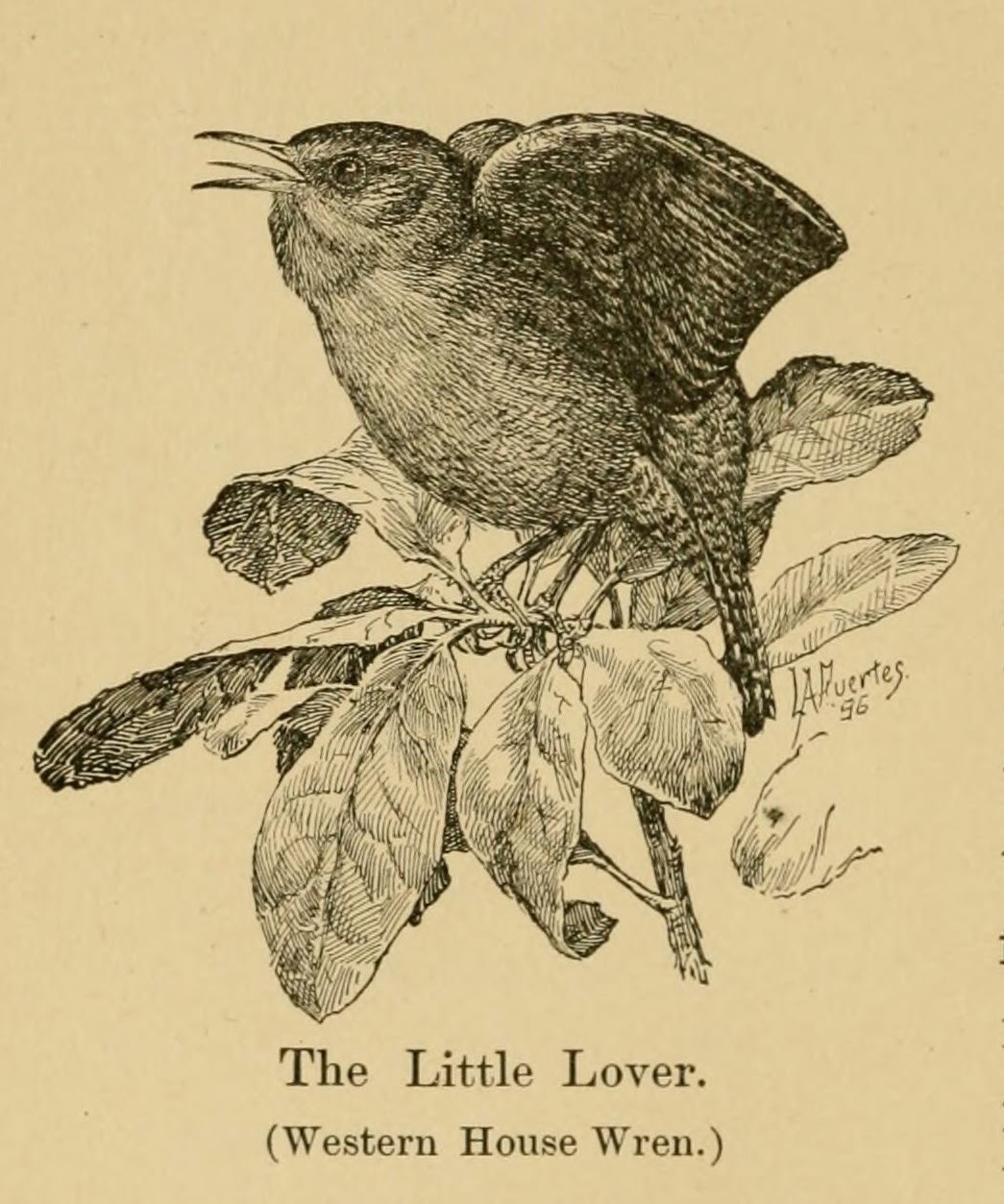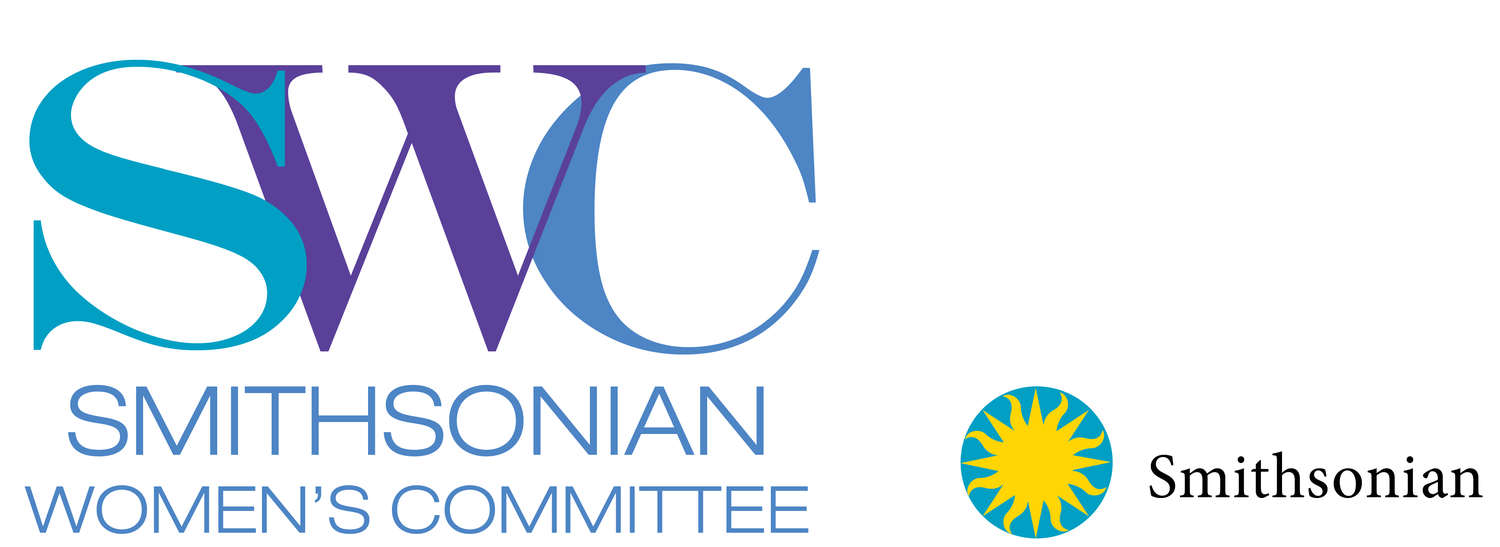Hispanic Heritage Month: The Life and Work of Louis Agassiz Fuertes
 |
| Louis Agassiz Fuertes. The Osprey. v. 1 (1896-97). http://biodiversitylibrary.org/page/8767127 |
The artwork of Puerto Rican-American Louis Agassiz Fuertes has been featured a few times before on the BHL blog. His paintings are beautiful and eye-catching, and always a treat to visit. Through titles available in BHL, we can even see the evolution of Fuertes’s career— from his earliest professional work to his last.
The Ithaca-born ornithologist and artist often drew as a young child, sketching domestic animals and wild birds alike. Earliest recording of his painting birds was at the age of 14 when he was determined to capture the unusual beak of a Red Crossbill. At a young age, his work started to garner him some notoriety with professors at Cornell and the local community, even resulting in an exhibit hosted by the local Christian Association. By 17 he’d even become an Associate Member of the American Ornithologists Union.
However, when he entered Cornell University, Fuertes’s career was still in question. At the time there weren’t any courses in ornithology at Cornell, and his father (despite urgings from his peers) at first did not see how his son’s artistic leanings could provide a suitable life. As a result, Fuertes took courses in architecture.
It was a chance meeting that changed everything. On a trip to Washington, D.C. with the Cornell University Glee Club, Fuertes met with a friend’s uncle. This uncle just happened to be ornithologist Elliot Coues, a founding member of the American Ornithologists Union.
 |
| Nest of Western Gnatcatcher. A-Birding on a Bronco. (1896) http://biodiversitylibrary.org/page/12789735 |
Coues recognized Fuertes’s potential, and provided him with advice and material support to encourage his scientific and artistic pursuits. It was clear Fuertes was to become a professional painter of birds, and after college he studied under naturalist and artist Abbott H. Thayer. The two would become quite close, even so far as considering one another family.
Some of Fuertes’s earliest artwork can be found in publications for Cornell University. However his first professional illustrations were printed in A-birding on a Bronco (1896) by Florence Merriam Bailey, published just one year before Fuertes graduated from Cornell. The pen-and-ink drawings mark the start of a career that would eventually have Fuertes in high demand. Although considered his early works, it is clear Fuertes’s youthful sketching had paid off, resulting in a well-developed style demonstrated in detailed images of birds, their nests, and the surrounding flora.
 |
| The Little Lover. A-Birding on a Bronco. (1896) http://biodiversitylibrary.org/page/12789693 |
It’s no surprise that Coues would write to The Osprey to note: “[My] examination of a great many of his designs, both in black-and-white and in natural colors, makes me think Mr. Fuertes the most promising young artist of birds now living, and one whose work already places him in the very first rank.”
It’s an interesting look at the early period of Fuertes’s thirty-year career, during which he would become, not just a prolific artist, but a well-liked and admired colleague and professor. His contemporaries would note his kind, light-hearted nature, and his lectures at Cornell would garner a full house at attention. In the tradition of 19th-century professors who considered themselves poets, Albert W. Smith would recite a memorial poem about Fuertes wherein he says, “under touches of his magic brush,/The canvass [sic] came alive.” Smith would go on to say:
All children knew at once he was their friend;
All men and women felt his lasting charm.
He loved all lovely things that love men’s hearts;
And when he found new beauty, lo, he turned
To share it with some friend.
His kind nature would extend to how he treated his specimens, one account noting how he would stroke and coo at a recently shot bird. This love of birds and sympathetic nature are often repeated in articles and obituaries written about him.
In the end Louis shared the natural beauty of the world not just with those around him, but with the general public who had a growing interest in the natural world. His final contributions were the paintings for Album of Abyssinian Birds and Mammals (1930), the originals of which managed to survive unscathed in the car accident which killed Fuertes in 1927. Many publications which feature Fuertes’s artwork remain available to the public, dozens of which are offered through the BHL.
This blog post is a preview of two upcoming Biodiversity Library Exhibitions on women naturalists, and Latino natural history. The exhibitions are sponsored by the Smithsonian Women’s Committee, and will highlight several women and Latino naturalists represented in the BHL collection.






Leave a Comment